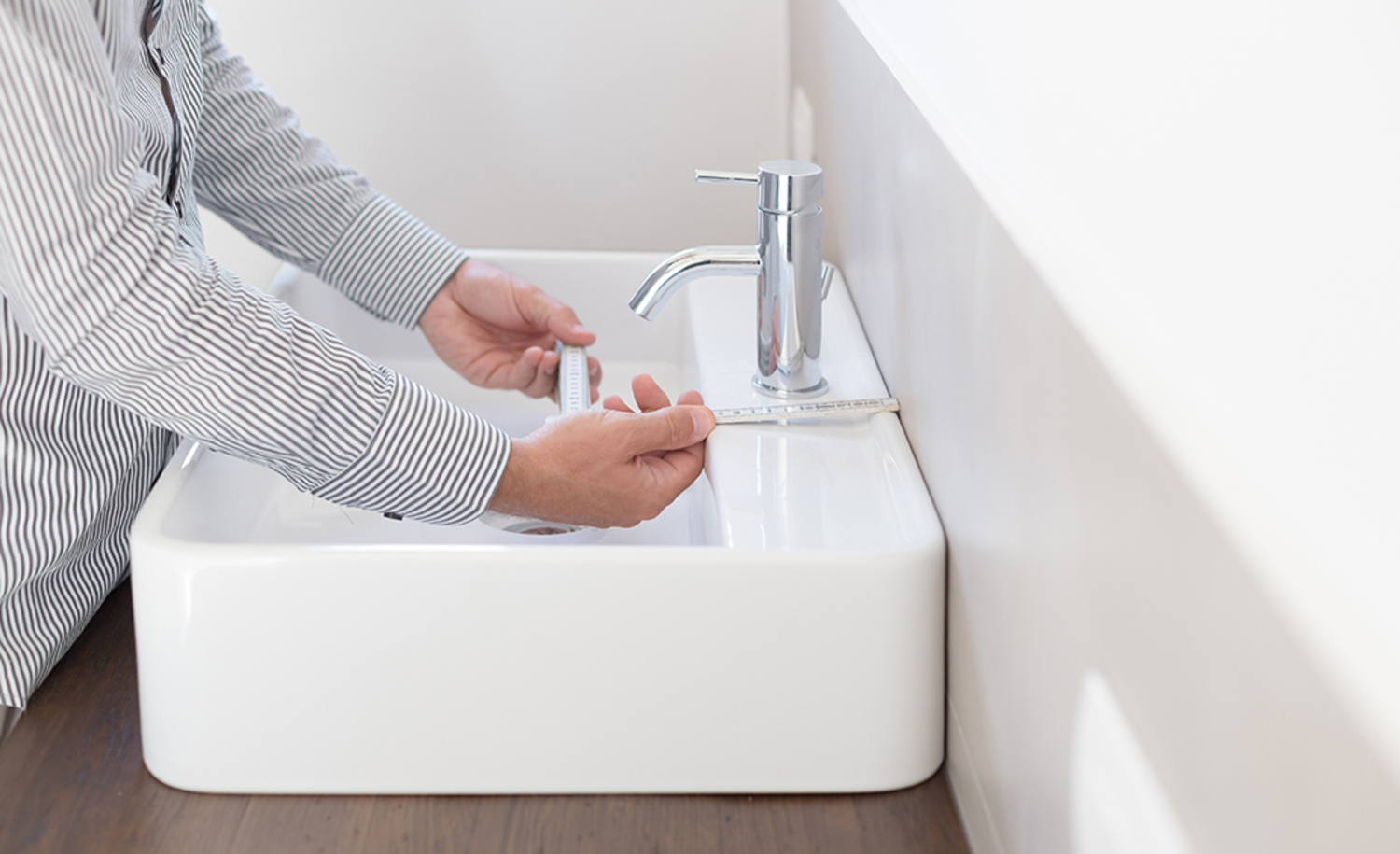

Articles
How To Measure For Bathroom Faucet
Modified: October 20, 2024
Learn how to measure for a bathroom faucet with our helpful articles. Ensure a perfect fit and upgrade your bathroom with ease.
(Many of the links in this article redirect to a specific reviewed product. Your purchase of these products through affiliate links helps to generate commission for Storables.com, at no extra cost. Learn more)
Introduction
When it comes to upgrading your bathroom, one important element to consider is the faucet. Whether you’re replacing an old faucet or installing a new one, it’s essential to know how to measure for the right fit. Measuring for a bathroom faucet may seem like a daunting task, but fear not! In this article, we’ll guide you through the step-by-step process of measuring for a bathroom faucet, ensuring a perfect fit and a stylish upgrade to your bathroom.
Before we get started, make sure you have the necessary tools on hand. You’ll need a measuring tape, a pen or pencil, and a piece of paper to record your measurements. With these tools ready, let’s dive into the measurement process!
Key Takeaways:
- Properly measuring for a bathroom faucet ensures a perfect fit and stylish upgrade. Gather necessary tools, determine faucet type, and measure mounting holes, distance, and additional requirements for a successful installation.
- Consider height, reach, and additional requirements when selecting a bathroom faucet. Accurate measurements and careful consideration of faucet type and installation method are essential for a seamless and functional upgrade.
Read more: How To Repair A Moen Shower Faucet
Step 1: Gather the necessary tools
Before you begin measuring for your bathroom faucet, it’s important to gather the necessary tools. This will ensure that you have everything you need to accurately measure and determine the right size for your faucet. Here are the tools you’ll need:
- Measuring tape: A measuring tape is essential for taking precise measurements. Make sure it’s long enough to reach all the necessary areas.
- Pen or pencil: You’ll need a pen or pencil to record your measurements. This will help you keep track of the various dimensions as you go along.
- Piece of paper: Having a piece of paper handy will allow you to jot down your measurements and keep them organized.
Once you have these tools ready, you’re all set to move on to the next step: determining the type of faucet you have or want to install.
Step 2: Determine the faucet type
Before proceeding with the measurements, it’s important to determine the type of faucet you have or want to install. There are various types of faucets available, including single-handle faucets, double-handle faucets, wall-mounted faucets, and centerset faucets.
If you’re replacing an existing faucet, take note of the type and style to ensure that you select the right replacement. If you’re installing a new faucet, consider the style and functionality that best fits your bathroom design and needs.
Knowing the faucet type will help you determine the specific measurements required for installation. For example, a wall-mounted faucet will have different measurements compared to a centerset faucet. Understanding the faucet type will also give you an idea of the spacing and configuration of the mounting holes.
Take a moment to identify and research the faucet type you have or want to install. This knowledge will ensure that your measurements align with the specific requirements of the faucet type, resulting in a seamless and successful installation.
Once you have determined the faucet type, you’re ready to move on to the next step: measuring the mounting holes.
Step 3: Measure the mounting holes
Measuring the mounting holes is an essential step in ensuring the proper fit of your bathroom faucet. The mounting holes are the openings in the sink or countertop where the faucet will be attached. Follow these steps to accurately measure the mounting holes:
- Clean the area: Before measuring, make sure the sink or countertop surface is clean and free from any debris. This will provide a clear and accurate measurement.
- Take the measurements: Using your measuring tape, measure the diameter of each mounting hole. Place the tape measure at the edge of the hole and measure straight across its width. Note down the measurements for each hole.
- Check for any irregularities: Sometimes, mounting holes may not be perfectly round or may have slight imperfections. Take note of any irregularities in the shape of the holes as this may impact your faucet selection.
It’s important to measure the mounting holes accurately as this will determine the compatibility of your chosen faucet. Most faucets are designed to fit standard hole sizes, typically ranging from 1 to 1.5 inches in diameter. However, there are also faucets available that require larger or smaller hole sizes, so be sure to check the specifications of your chosen faucet.
With the mounting hole measurements recorded, you’re ready to move on to the next step: measuring the distance between the holes.
Step 4: Measure the distance between the holes
Once you have measured the diameter of the mounting holes, the next step is to measure the distance between them. Measuring the distance between the holes is crucial for selecting a bathroom faucet with the appropriate width. Here’s how to accurately measure the distance:
- Locate the center of each mounting hole: Using the measurements you took in the previous step, identify the center point of each mounting hole.
- Place your measuring tape: Stretch your measuring tape between the center points of the two mounting holes. Ensure that the tape rests flat and straight along the surface of the sink or countertop.
- Take the measurement: Read the measurement on the tape where it aligns with the second mounting hole. This will give you the distance between the two holes.
- Record the measurement: Note down the distance between the mounting holes. This measurement will help you determine the size and width of the faucet that will fit your sink or countertop.
It’s important to measure the distance accurately, as a faucet with the wrong width may not fit properly, leading to potential leaks or installation issues. Most faucets come with adjustable width options to accommodate varying distances between mounting holes, so ensure that the faucet you choose aligns with your measured distance.
With the distance between the mounting holes measured, you’re ready to move on to the next step: measuring the distance from the backsplash.
When measuring for a bathroom faucet, be sure to measure the distance between the hot and cold water supply lines to ensure the new faucet will fit properly. Also, measure the distance from the center of the left hole to the center of the right hole to determine the faucet’s spread.
Read more: How Does Shower Faucet Work
Step 5: Measure the distance from the backsplash
Measuring the distance from the backsplash is an important step in ensuring that your bathroom faucet fits properly and functions without any obstructions. The backsplash is the vertical surface behind the sink or countertop. Here’s how to measure the distance accurately:
- Identify the backsplash: Locate the vertical surface behind your sink or countertop. This is the area where the faucet will be installed.
- Place your measuring tape: Start from the edge of the sink or countertop and extend your measuring tape towards the backsplash. Make sure the tape is parallel to the surface and rests flat against the wall.
- Measure the distance: Read the measurement on the tape where it aligns with the edge of the backsplash. Note down this measurement.
- Consider any obstructions: Pay attention to any obstructions such as cabinets or mirrors that may limit the space available for the faucet. Make sure to choose a faucet with a spout length and height that can clear these obstructions comfortably.
By measuring the distance from the backsplash, you can ensure that the faucet you choose has enough clearance and will fit properly without any hindrance. It’s crucial to consider any obstructions in the vicinity to avoid any installation issues or functional limitations.
With the distance from the backsplash measured, you’re ready to move on to the next step: measuring the distance from the center of the sink.
Step 6: Measure the distance from the center of the sink
Measuring the distance from the center of the sink is an important step in determining the placement and alignment of your bathroom faucet. This measurement will help ensure that the faucet is centered properly and provides optimal functionality. Follow these steps to measure the distance accurately:
- Identify the center of the sink: Locate the center point of your sink, which is typically where the drain is situated.
- Place your measuring tape: Starting from the center point, extend your measuring tape towards the desired location for the faucet. Ensure that the tape is straight and runs parallel to the sink’s edge.
- Measure the distance: Read the measurement on the tape where it aligns with the desired location. Note down the measured distance.
- Consider spout reach: Take into account the spout reach of the faucet you are considering, which refers to how far the water will extend from the faucet into the sink. Ensure that the spout reach aligns with your desired distance from the sink’s center.
Measuring the distance from the center of the sink is crucial for achieving balance and aesthetic appeal in your bathroom. It ensures that the faucet is positioned properly and provides comfortable access to running water.
With the distance from the center of the sink measured, you’re ready to move on to the next step: considering height and reach measurements.
Step 7: Consider height and reach measurements
When selecting a bathroom faucet, it’s important to consider both the height and reach measurements to ensure optimal functionality and visual appeal. These measurements will help you find a faucet that complements the size and style of your sink while providing convenient access to water. Here’s how to consider height and reach measurements:
- Height measurement: Measure the distance from the base of the faucet to the highest point, which is usually the top of the spout. Consider the clearance required for any obstructions, such as shelves or mirrors, above the sink. Ensure that the faucet height allows ample space for washing hands and other daily activities.
- Reach measurement: Measure the distance from the back of the faucet to the edge of the sink. This measurement determines how far the water will extend into the sink, affecting user comfort and convenience. Consider the size of your sink and the amount of water coverage you desire when selecting a faucet with an appropriate reach.
Choosing a faucet with the right height and reach ensures that you can comfortably use the sink without any water splashing outside or hindering your daily tasks. It also contributes to the overall aesthetics and balance of your bathroom design.
With the height and reach measurements considered, you’re one step closer to finding the perfect bathroom faucet. However, before finalizing your selection, there are a few additional requirements to keep in mind, as we’ll discuss in the next step.
Step 8: Check for any additional requirements
Before you make a final decision on your bathroom faucet, it’s important to check for any additional requirements that may impact your installation. These requirements can vary based on factors such as the type of faucet, the sink or countertop material, and local building codes. Here are some common additional requirements to consider:
- Number of holes: Ensure that the faucet you choose matches the number of mounting holes available in your sink or countertop. Some faucets require a single hole, while others may need multiple holes for handles, sprayers, or soap dispensers.
- Compatibility: Check for compatibility with your plumbing system. Verify whether the faucet you choose requires specific valves or fittings that are compatible with your existing plumbing setup.
- Material and finish: Consider the material and finish of the faucet to ensure that it matches the style and durability requirements of your bathroom. Common options include chrome, brushed nickel, brass, and oil-rubbed bronze.
- Water efficiency: If you’re conscious about water usage, look for faucets with water-saving features such as aerators and low flow rates. This can help you conserve water and lower your utility bills.
- Installation method: Determine whether the faucet requires a specific installation method, such as surface mount, deck mount, or wall mount. Ensure that you have the necessary accessories and tools for the chosen installation method.
- Budget: Consider your budget and explore different options that fit within your price range. Keep in mind that the cost of the faucet may vary based on factors such as brand reputation, quality, and additional features.
Checking for any additional requirements before making a final decision will help you avoid any unwanted surprises during installation. By considering these factors, you can ensure a smooth and successful faucet installation that meets your needs and preferences.
With all the measurements taken and additional requirements considered, you’re now equipped with the knowledge to confidently select and install the perfect bathroom faucet. Enjoy the improved functionality and aesthetic appeal that a well-chosen faucet can bring to your bathroom!
Remember, if you have any doubts or concerns during the installation process, it’s always best to consult a professional plumber for assistance.
Disclaimer: Ensure to follow proper safety guidelines and use appropriate tools when measuring and installing a bathroom faucet. If you are not comfortable performing these tasks, it is recommended to hire a professional plumber.
Read more: How To Install A Water Filter Faucet
Conclusion
Measuring for a bathroom faucet may seem like a complex task, but with the right guidance, it can be a straightforward process. By following the steps outlined in this article, you can ensure that your new faucet fits perfectly, both in terms of size and functionality. Here are the key takeaways:
First, gather the necessary tools, including a measuring tape, pen or pencil, and a piece of paper. These tools will help you record and keep track of your measurements throughout the process.
Next, determine the type of faucet you have or want to install. Understanding the faucet type will provide insights into the specific measurements and configurations required for installation.
Measure the mounting holes accurately by taking the diameter of each hole. This measurement will ensure that the faucet fits securely in the designated space.
Take the distance between the mounting holes into account. This measurement is crucial for selecting a faucet with the appropriate width and aligning with the sink or countertop holes.
Measure the distance from the backsplash to ensure proper clearance and avoid any obstructions behind the faucet.
Measure the distance from the center of the sink for proper placement and alignment of the faucet. This measurement should be considered along with the faucet’s height and reach to ensure optimal functionality.
Check for any additional requirements, such as the number of holes, compatibility with your plumbing system, material and finish, water efficiency, installation method, and budget constraints.
By following these steps and considering all the necessary measurements and requirements, you can find the perfect faucet that not only enhances the aesthetic appeal of your bathroom but also meets your functional needs.
Remember, if you’re unsure or uncomfortable performing these measurements yourself, it’s always advisable to seek the help of a professional plumber to ensure a successful installation.
So, go ahead and confidently embark on your journey to upgrade your bathroom with a new, properly measured and installed faucet. Enjoy the improved functionality and style that a carefully chosen faucet brings to your space!
Frequently Asked Questions about How To Measure For Bathroom Faucet
Was this page helpful?
At Storables.com, we guarantee accurate and reliable information. Our content, validated by Expert Board Contributors, is crafted following stringent Editorial Policies. We're committed to providing you with well-researched, expert-backed insights for all your informational needs.

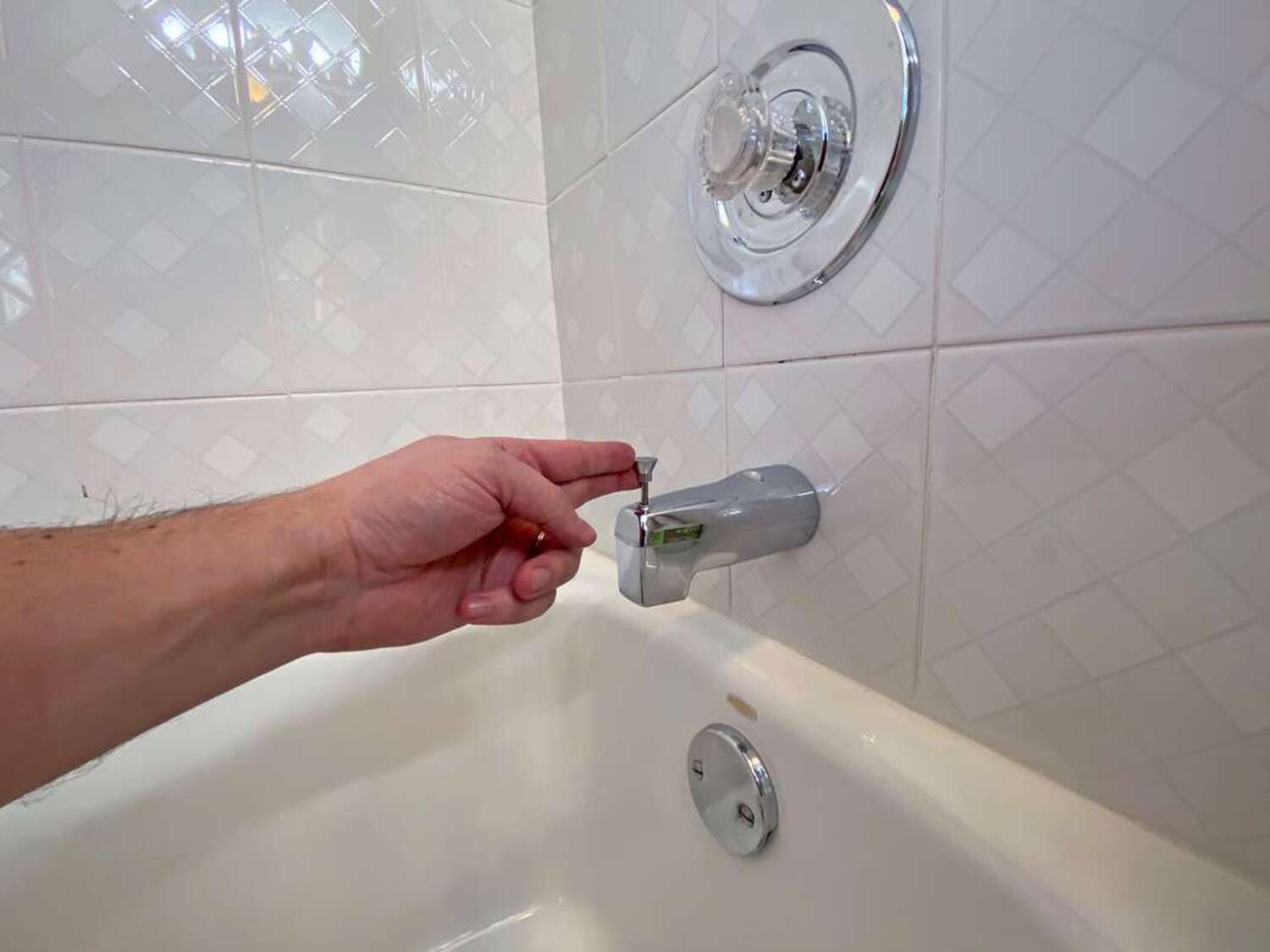
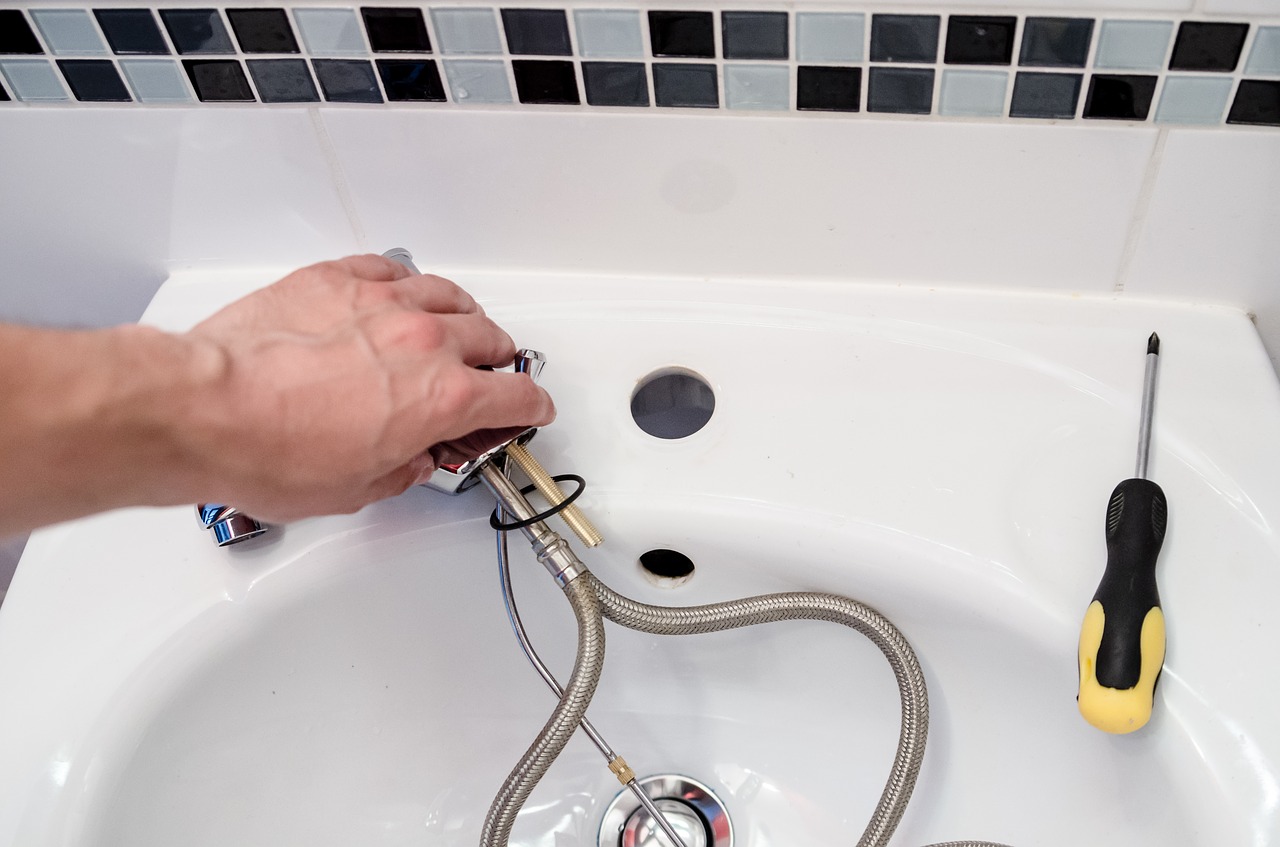

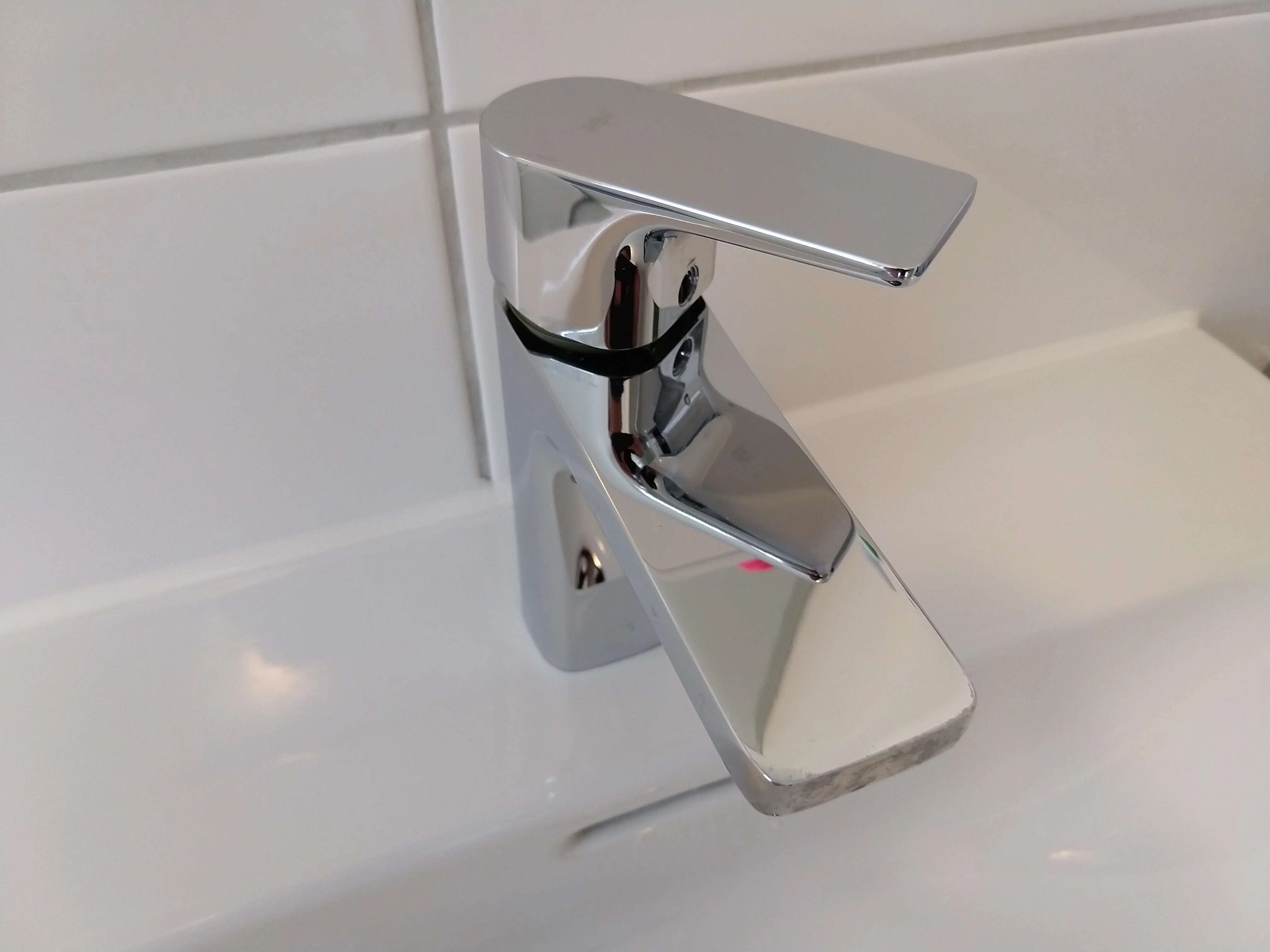
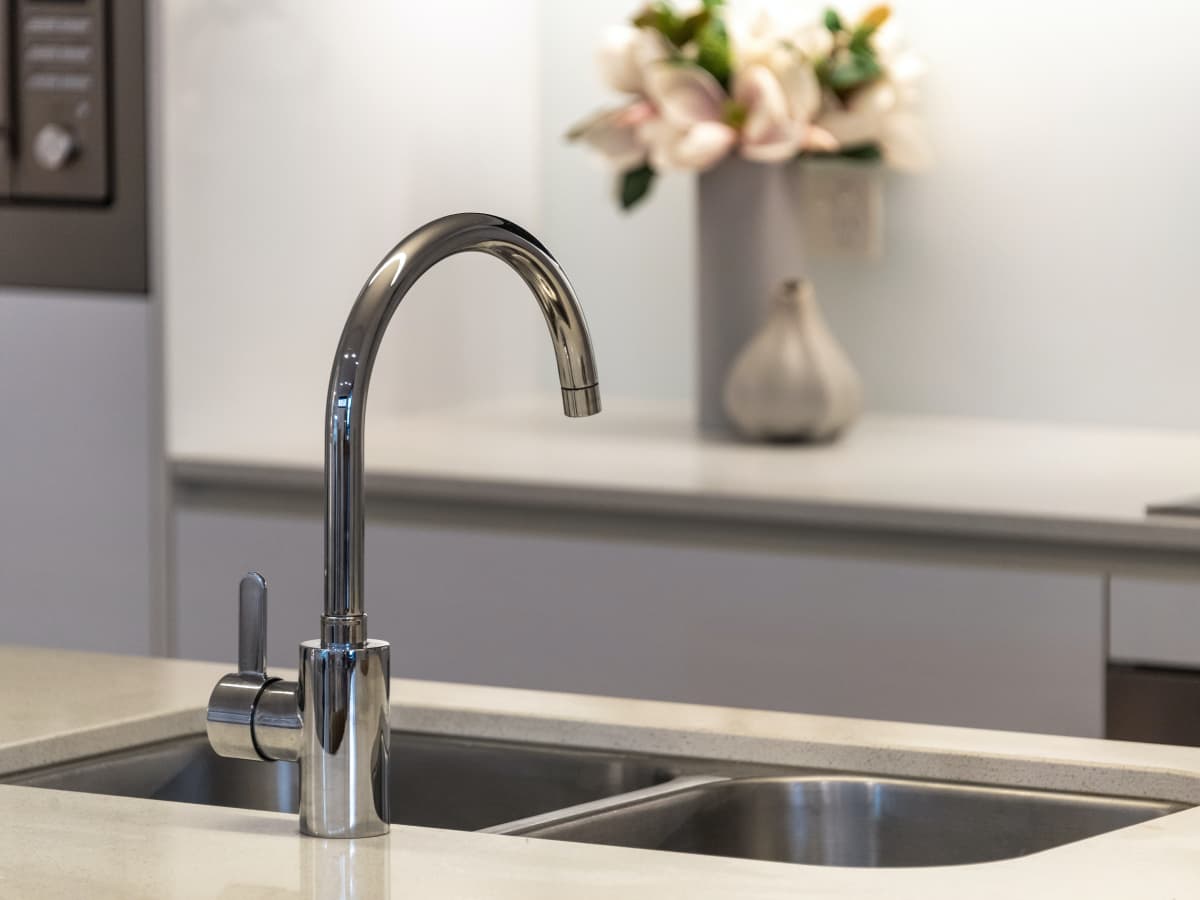

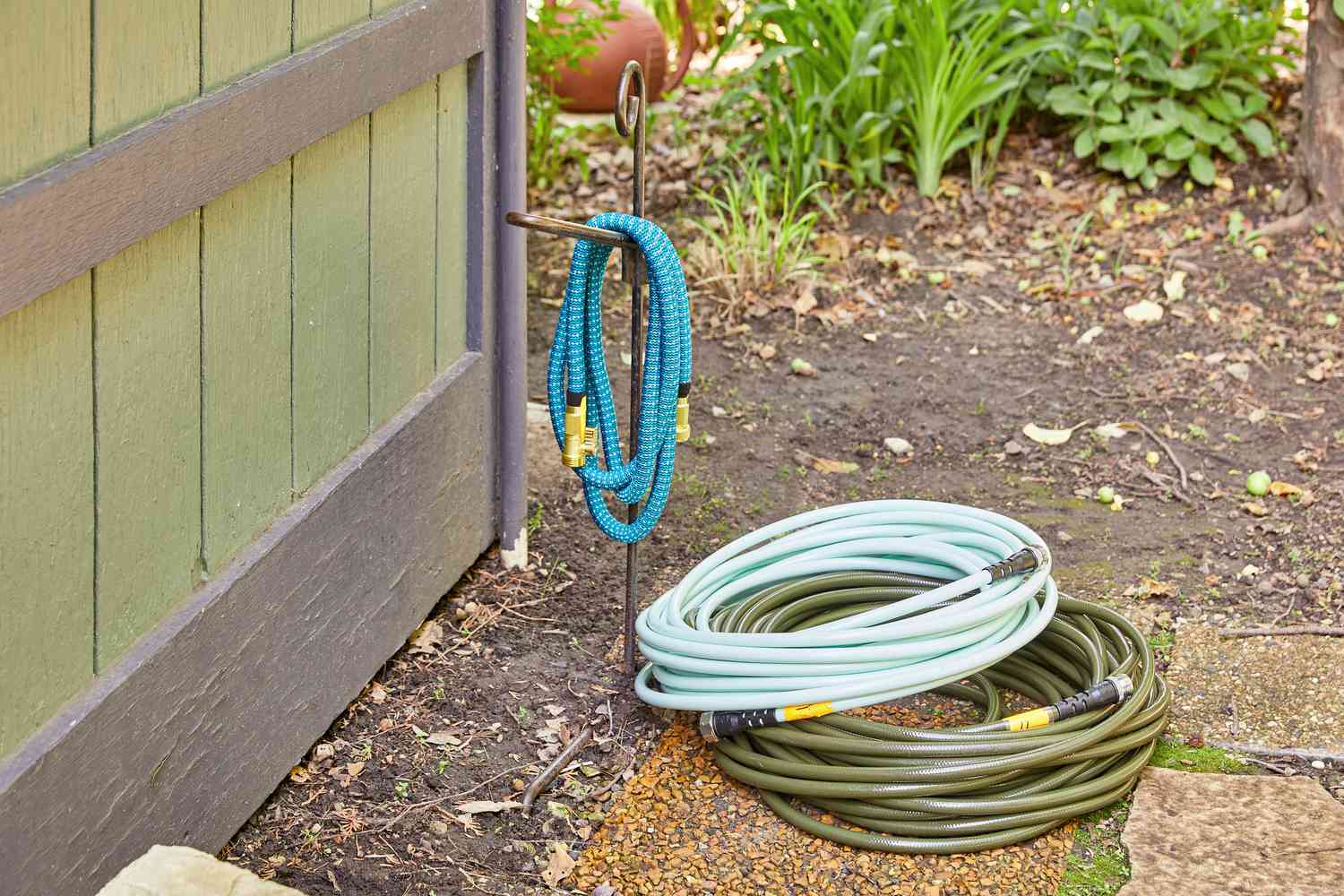
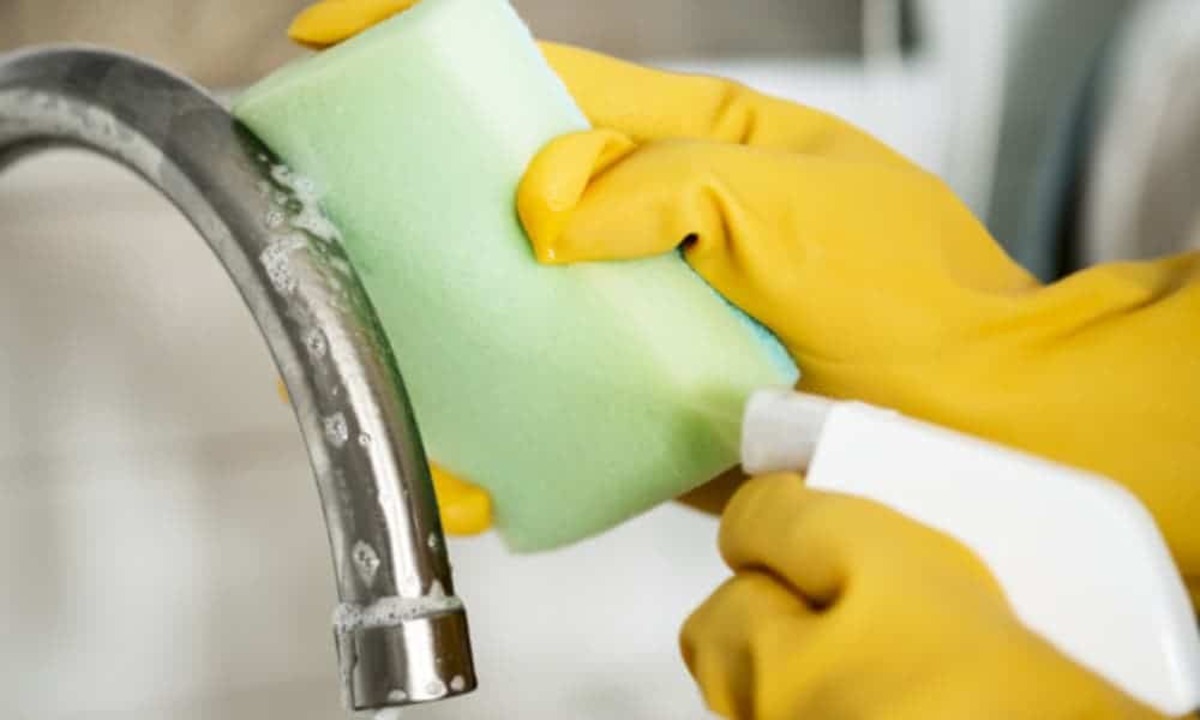
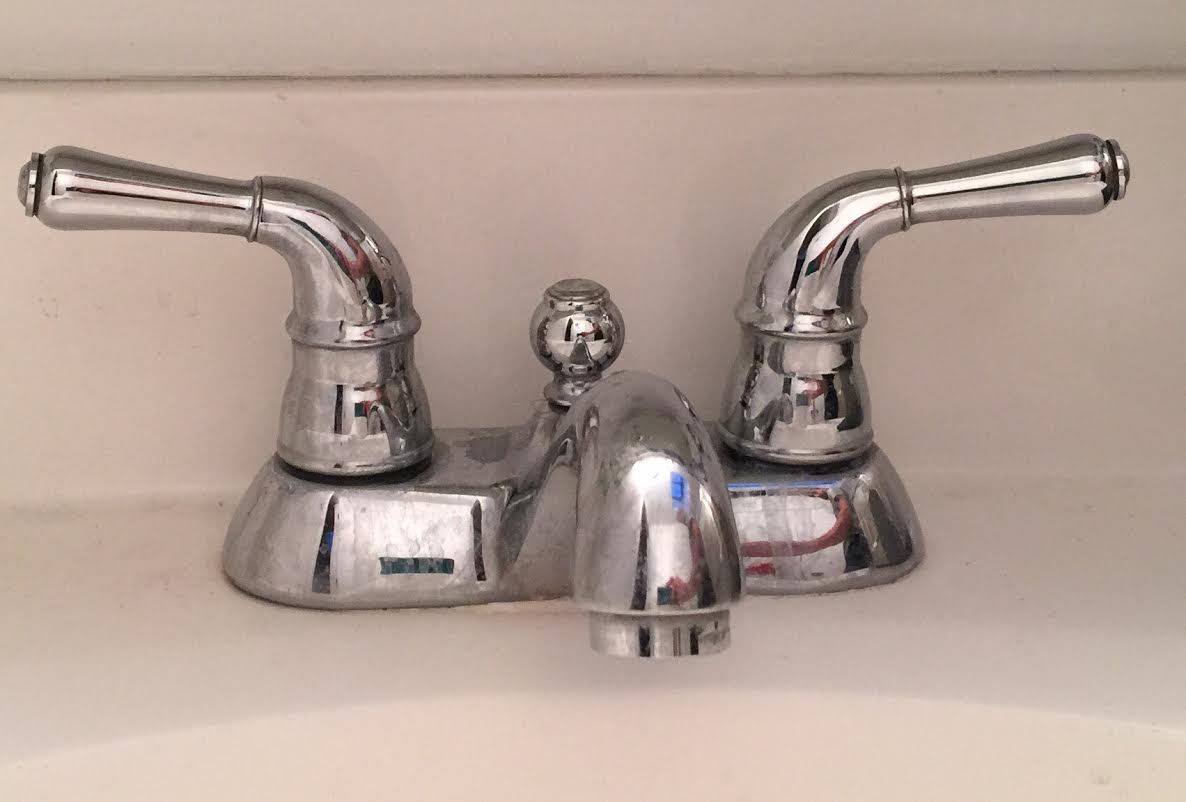
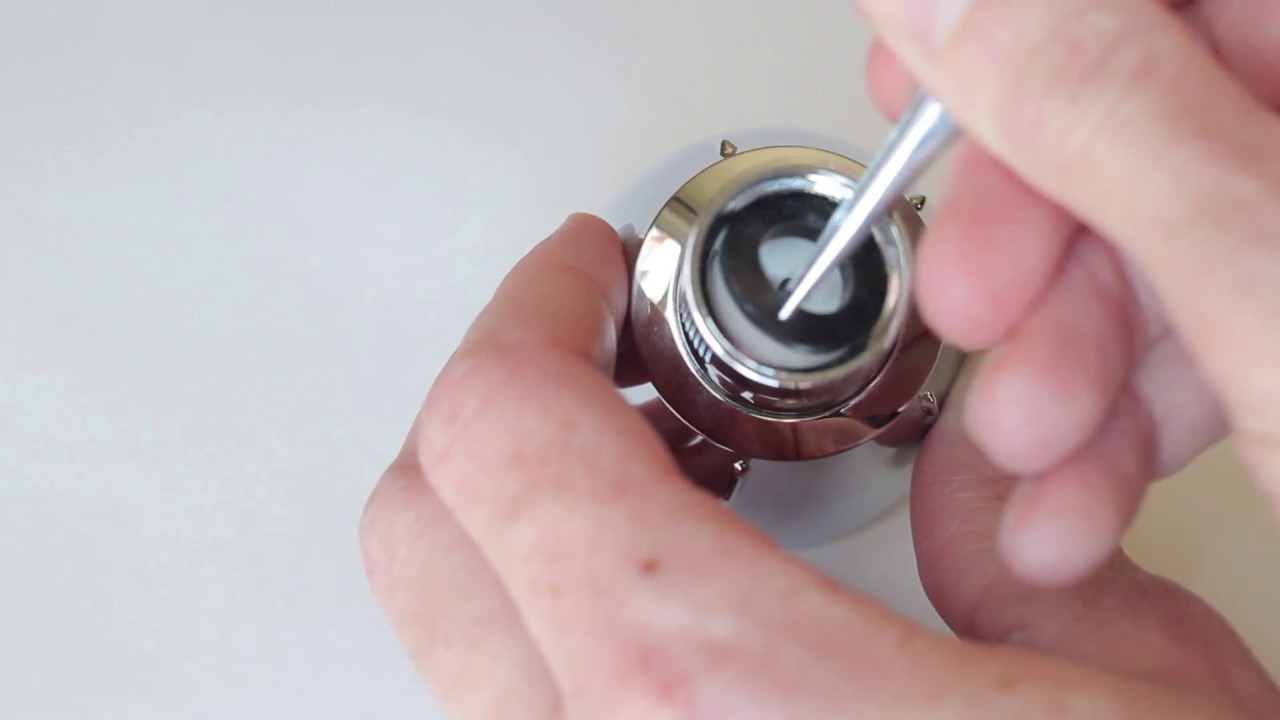
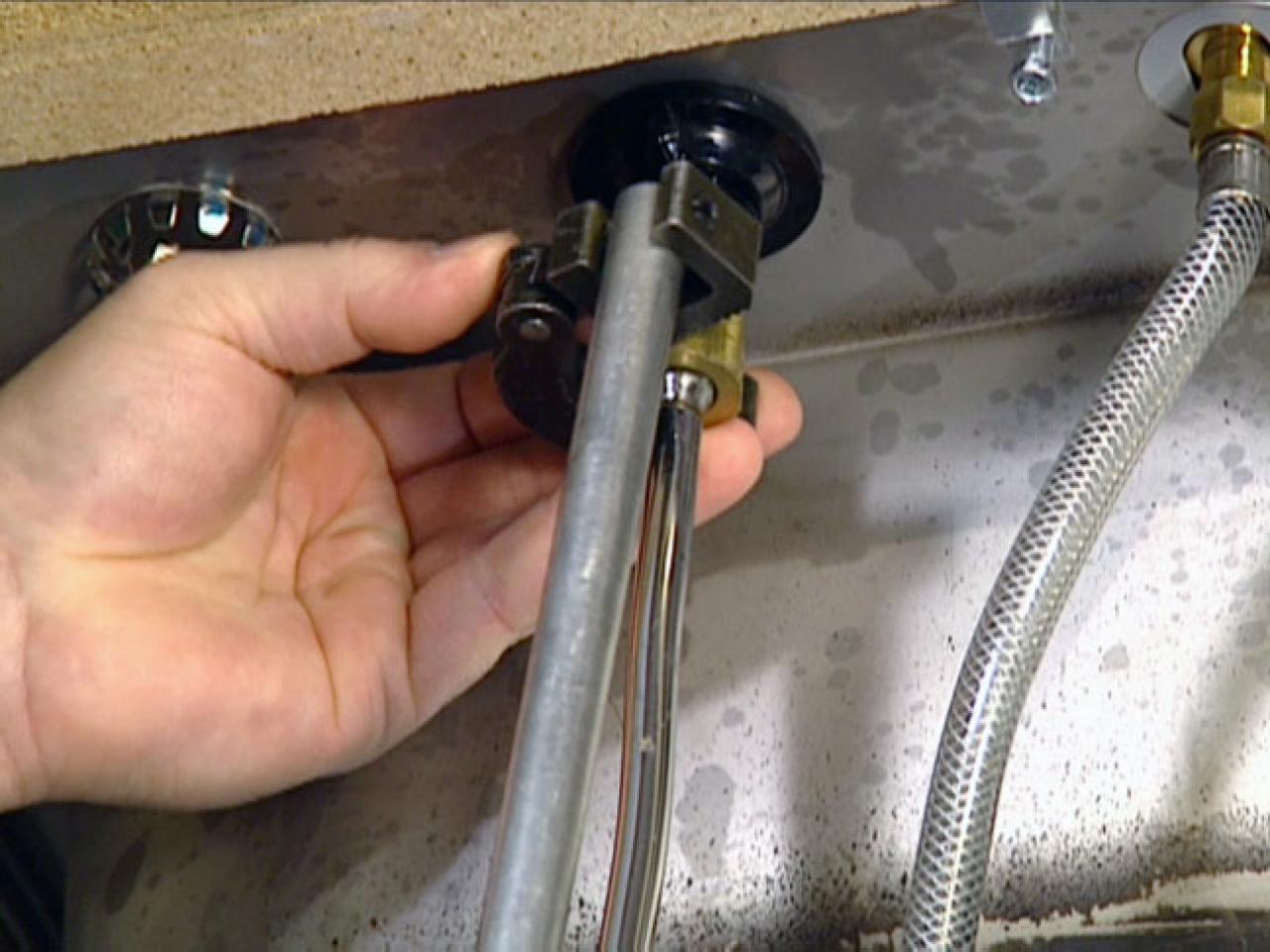
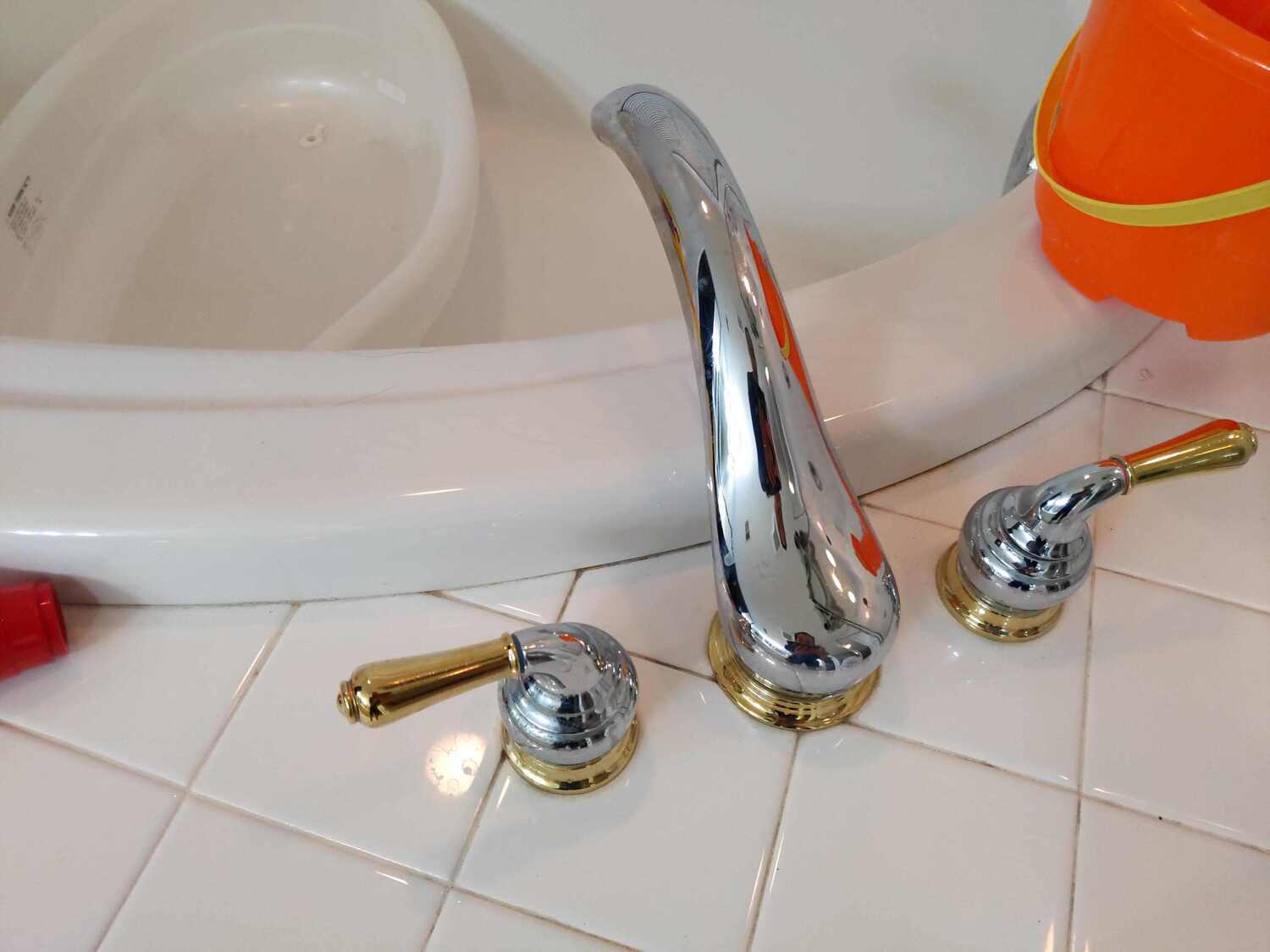

0 thoughts on “How To Measure For Bathroom Faucet”